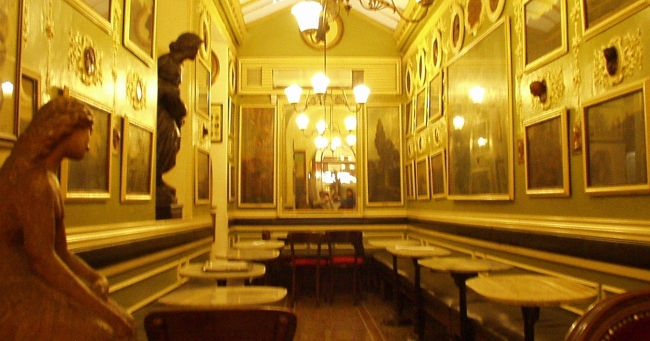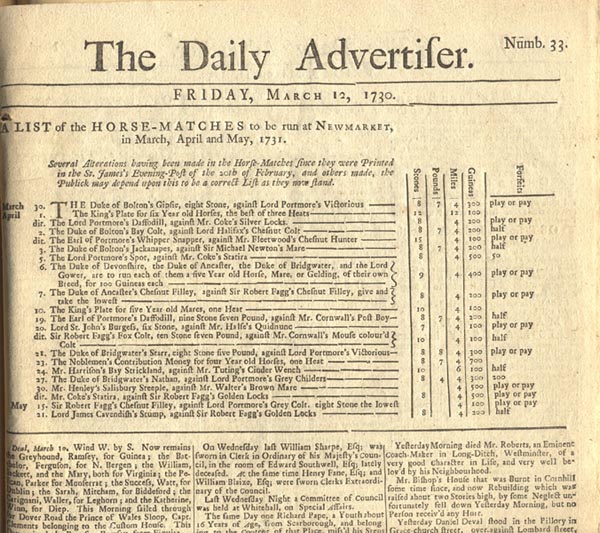As I spoke about in my first post regarding the history of coffeehouses, their purpose has changed over the years. However, I wanted to delve deeper into what replaced the purpose these meeting grounds once served.
We know that when coffeehouses first arose in the 1700s, they were primarily a forum for spoken news. A very prominent platform for spoken news, I might add. People — mostly men, and often of importance — would gather daily to shout and share the news of the day. From politics to war to local crime, everything and anything was said.
Coffeehouses were even specifically targeted toward one certain subject. One may be geared toward the arts, another toward politics, and yet another toward economics. The speakers would often hop from house to house throughout the day.
One coffeehouse in Rome, called “Cafe Greco”, was dedicated to certain artists including Goethe and Wagner.

A coffeehouse in France, “Cafe de Flore”, attracted intellectuals including writers, publishers and filmmakers.

So thus we ask, where did this tradition go?
My answer: we got busy.
As our society progresses, time becomes more and more valuable. And as the world grows and new inventions are created each day, we find more and more things to fill our time.
In result, we have turned to multitasking in order to complete all we wish to do in a day. We no longer have time to casually discuss the news for hours on end while relaxing over a cup of joe.
Therefore people have turned to other sources for news. And most importantly, sources they can either access on the run or while completing other tasks. Sources that are fast and instant
According to a recent study, The most highly accessed device among American people used to gather news is the television. This is largely because this allows the people to listen to the news — and get that more personal form of spoken news — while also doing other things, such as work, cooking, cleaning, etc.
The television, much like these old coffeehouses, presents numerous perspectives on the news as well as a variety of shows geared toward specific subjects: politics, local news, entertainment news, and so on.
The television also presents the news in a spoken form, similar to that presented in the coffeehouses, just in a less personal way.
This is the trend all forms of news have followed over the years. It has become less personal and more commercialized. Today the purpose is to be short and to the point, as concise as possible, and to go along with the fast paced lifestyle of the average person in our modern world.
Consequently, coffeehouses now supplement this lifestyle. They have become a place where one can quickly fuel up to continue go- go- going with their busy day; cell phone in hand, ear buds in, listening to the days news podcast, scrolling through their news feeds and glancing at numerous news outlet applications, while also replying to emails, adding appointments to calendars, and searching the web for a new restaurant to try for dinner.






